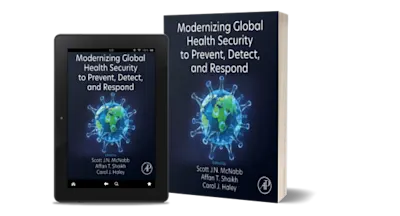LIMITED OFFER
Save 50% on book bundles
Immediately download your ebook while waiting for your print delivery. No promo code needed.

Remote Sensing Technologies Applied to Wetlands presents the challenges and opportunities relating to the restoration of freshwater and estuarine wetlands in natural, agricultu… Read more
LIMITED OFFER
Immediately download your ebook while waiting for your print delivery. No promo code needed.

Remote Sensing Technologies Applied to Wetlands presents the challenges and opportunities relating to the restoration of freshwater and estuarine wetlands in natural, agricultural and urban environments due to a range of contributing factors, including climate change and human and industrial factors. The author uses his own pioneering research to show how remote sensing techniques can be applied to these key areas of biodiversity. Through descriptions of the latest techniques in remote sensing, this book covers the existing vacuum surrounding the study of salt marshes and wetlands through a technical, but easy to follow narrative that includes successful, scenario-based case studies.
Scientists and masters and doctorates students studying wetlands and remote sensing will find this to be an ideal resource.
Aquatic Ecologists, Researchers and Students interested in Wetland and Salt Marshes. Researchers and students in remote sensing. Researchers and students in agriculture, geology and geomatics
1. Introduction to new technologies in remote sensing
2. Salt marshes vs Global Climate Change
2.1. Effects of climate change
2.2. Human and industrial interactions
2.3. New algorithms for calculating pollution in salt marshes
3. Sedimentology through the digital treatment of images of last generation
3.1. Introduction to digital satellite image processing
3.2. New digital image processing techniques
3.3. Evolution of sedimentation at salt marshes of the South of the Iberian peninsula
4. Cases Study
4.1. Doñana salt marshes
4.2. Odiel salt marshes
4.3. Tinto salt marshes
4.4. Isla Cristina salt marshes
5. Conclusions
ER